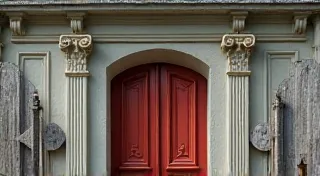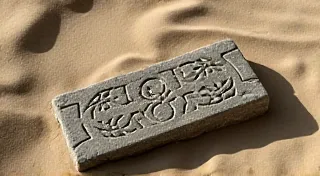The Breath of the Maker: Examining the Role of Craftsmanship in Instrument Authenticity
The world of folk music is a tapestry woven with threads of history, culture, and, crucially, the artistry of its instruments. More than just tools for producing sound, traditional instruments are vessels—holding the memories of generations, the echoes of ancient dances, and the very soul of a region. But in an age of mass production and replication, what does it mean for a folk instrument to be “authentic”? The answer, increasingly, lies not just in the wood, the metal, or the design, but in the hand that shaped it, the breath of the maker infused within.
The Echo of the Past: Accordions and a Legacy of Skill
Consider the accordion, a particularly emotive instrument embraced across countless cultures – from the vibrant polkas of Central Europe to the melancholic tangos of Argentina, the lively Cajun tunes of Louisiana, and the introspective folk songs of Scandinavia. Its mechanics—bellows, reeds, buttons, and keys—appear deceptively simple, but mastering their combination, and imbuing the instrument with a distinctive voice, demands a lifetime of dedicated craftsmanship. A truly antique accordion isn’t just an instrument; it’s a chronicle.
I remember my grandfather, a carpenter by trade, attempting to repair a battered Hohner accordion he’s found at an estate sale decades ago. He's never been a musician, but he found the mechanism of it utterly fascinating. He spent weeks meticulously cleaning the reed blocks, struggling with the fragile leather bellows, and carefully replacing missing keys. He couldn't play it, but he understood the work that went into its creation. It was a tangible link to a history he’s never lived.
He explained to me that antique accordions weren’t constructed on assembly lines. Each reed was meticulously tuned, the bellows painstakingly stitched by hand, and the keys fitted with an almost reverential care. The wood, often locally sourced, was chosen not only for its acoustic properties but also for its beauty and grain. These were the hallmarks of a master craftsman, someone who understood that he wasn’t merely building an instrument, but creating a legacy. The choice of wood itself, and how it resonated, speaks to a deeper understanding – an understanding that almost seems to suggest the instrument itself possesses a voice, a perspective on the music it's meant to create. This connection between material and sound is something explored in greater detail in articles discussing the voice of the wood and its acoustic properties.
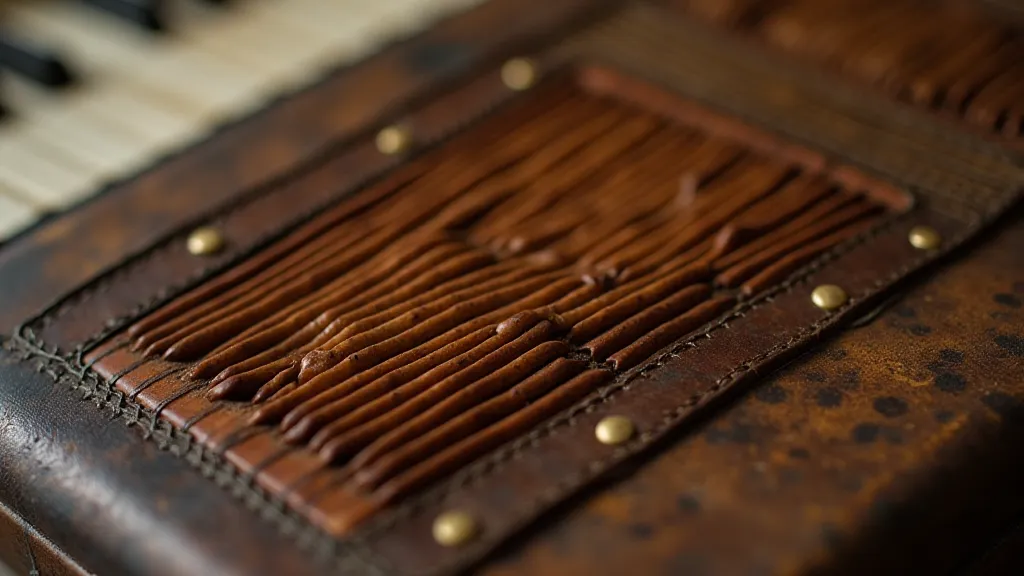
The Difference Between Production and Creation
The shift from handcrafted instruments to mass-produced replicas represents a profound loss in many ways. While modern instruments may offer affordability and uniformity, they often lack the subtle nuances and unique character that define a truly authentic folk instrument. The “breath” I speak of isn’t literal; it’s the imprint of the maker's skill, experience, and even their personality. It’s the tiny imperfections that betray a human hand, the resonant quality of carefully chosen wood, and the intuitive understanding of how the instrument *should* feel and sound.
Mass production seeks repeatability; craftsmanship seeks perfection. A craftsman doesn't simply follow a template; he responds to the wood, the metal, the feel of the materials under his hands. He anticipates and addresses challenges with ingenuity and experience. He doesn't just build an instrument; he nurtures it.
This isn't to dismiss modern instrument makers entirely. Many contemporary luthiers and craftspeople are dedicated to preserving traditional techniques and producing instruments of exceptional quality. They understand that the reverence for materials and the dedication to detail are as crucial today as they were centuries ago. However, the provenance – the history – of an antique instrument is something a new creation cannot replicate. The movement of instruments across continents, and how cultural practices surrounding them have evolved, is a complex story, and it's fascinating to consider how trade routes have influenced the availability and adoption of instruments across different cultures – a topic often considered when examining echoes of empire and how colonial trade influenced instrument distribution.
Identifying the Marks of a Master
So, how can one discern a handcrafted instrument from a mass-produced copy? There are several telltale signs. Examine the details. Are the seams perfectly straight and consistent, or are there subtle irregularities that speak to a human hand? Is the wood meticulously finished, or is there a hurried, impersonal quality to the finish? Are the markings on the keys and buttons deeply etched, or stamped with a generic template?
The sound itself is a crucial indicator. A handcrafted instrument will often possess a richer, more resonant tone than a mass-produced copy. This is due to the careful selection of materials and the meticulous attention to detail in the construction process. Listen for the subtle nuances and overtones that reveal the instrument’s unique character.
Furthermore, research the maker. Antique instruments often bear the maker's mark, a small inscription or stamp that identifies the craftsman and the workshop where the instrument was built. Researching the maker’s history can provide valuable insights into the instrument’s provenance and value. The ways in which music and instruments weave themselves into cultural ceremonies and rituals is a profound topic—it suggests that instruments aren't just tools for making music but are integral parts of shared experiences, and that aspect is further explored when considering the instrument as ritual and its role in ceremonial practices.
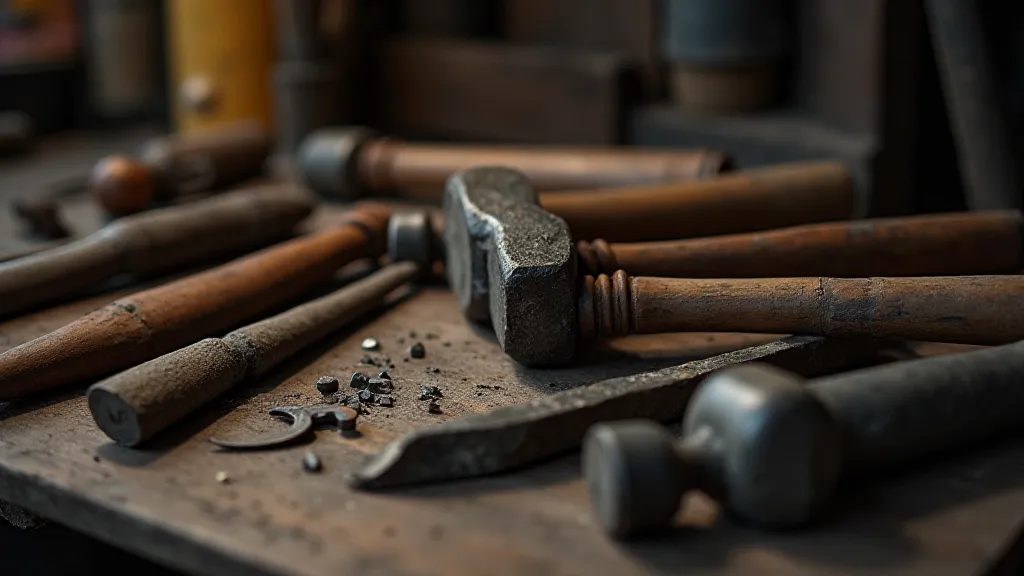
Restoration vs. Replication: Preserving Authenticity
The preservation of antique folk instruments is a vital responsibility. Restoration, when approached with respect and knowledge, can breathe new life into these treasured artifacts. However, it is crucial to distinguish between restoration and replication. True restoration focuses on repairing and preserving the instrument's original components, using materials and techniques that are consistent with its original construction.
Replication, on the other hand, involves replacing original components with new parts that may be made of different materials or constructed using modern techniques. While replication can sometimes be necessary to render an instrument playable, it compromises the instrument's authenticity and historical significance. Any repairs should aim to retain as much of the original fabric as possible; adding a new bellows here or replacing a damaged key there. It’s about preserving the echoes of the past, not erasing them.
Collecting antique folk instruments isn't merely about acquiring beautiful objects; it's about safeguarding cultural heritage and honoring the legacy of the makers who shaped these instruments. Each instrument tells a story – a story of craftsmanship, tradition, and the enduring power of human creativity. The nuanced relationship between geography, melody, and cultural evolution is a compelling study, and the intricate paths of musical expression across diverse landscapes have shaped our understanding of music in countless ways. It's fascinating to consider the evolution of melody across vast mountain ranges – a compelling topic for exploration.
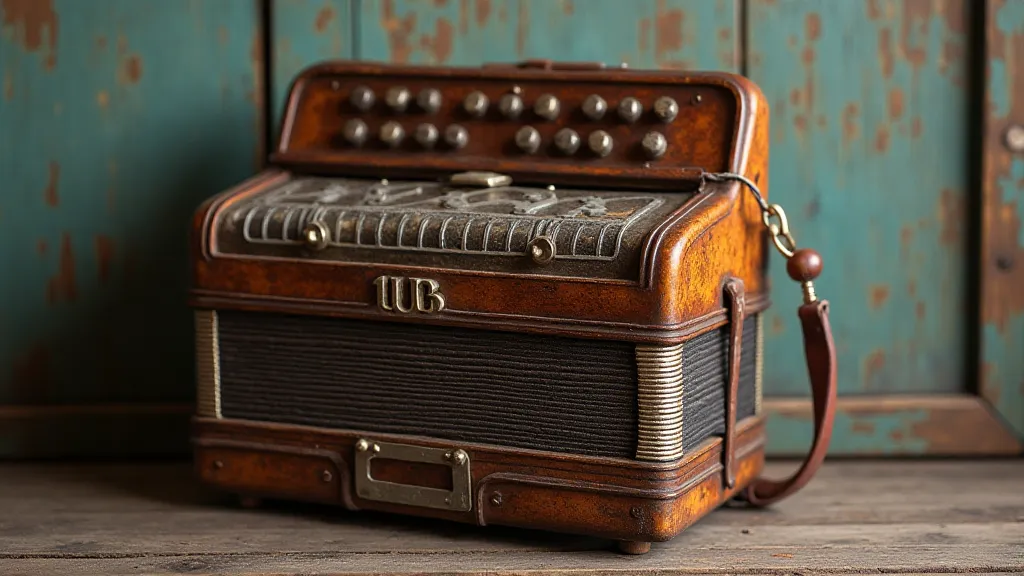
More Than Just an Instrument
The breath of the maker isn't just a romantic notion; it’s the essence of authenticity in folk music instruments. It’s the difference between a manufactured product and a work of art. It’s a connection to the past, a celebration of craftsmanship, and a testament to the enduring power of human creativity. When we listen to an antique accordion, or any traditional instrument imbued with the touch of a master craftsman, we’re not just hearing music—we’re hearing history. The geographic distribution of instruments and the subtle shifts in melodies over time reveal a profound interconnectedness between people and the land – a compelling narrative of cultural exchange and adaptation. Consider the cartography of sound and the evolution of melody, tracing these musical journeys across vast distances; it's a rich tapestry of human expression and a testament to the power of music to transcend boundaries. The exploration of how musical patterns have evolved over time, adapting to geographical features and cultural influences, paints a vivid picture of human ingenuity and adaptability.
Ultimately, the appreciation for a handcrafted instrument extends far beyond its technical specifications. It embodies a philosophy, a dedication to artistry, and a profound respect for the past. It is a tangible link to the human spirit, a reminder of the enduring power of creativity, and a celebration of the unique imprint left by each skilled maker.


